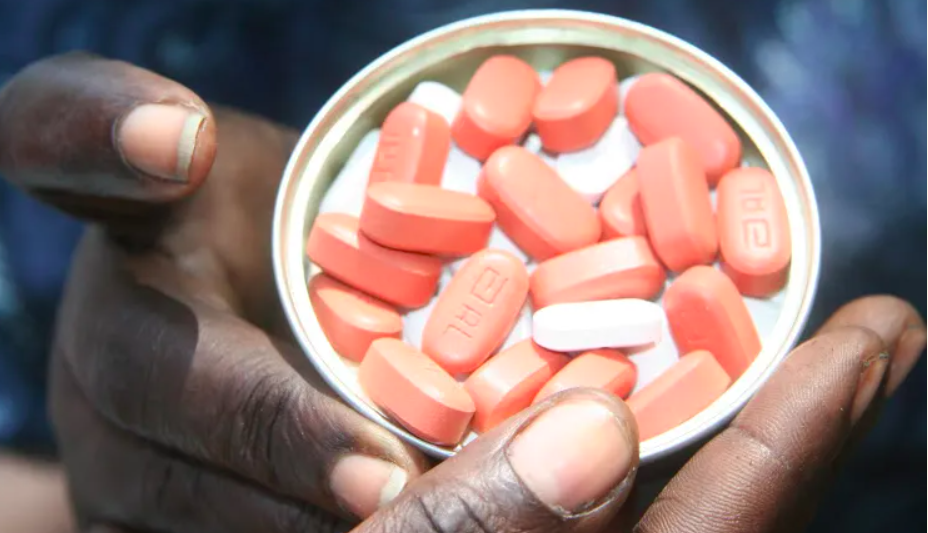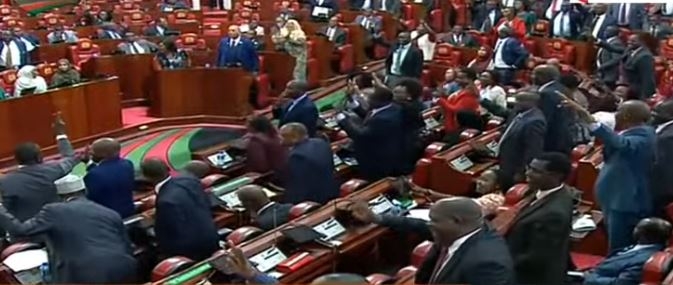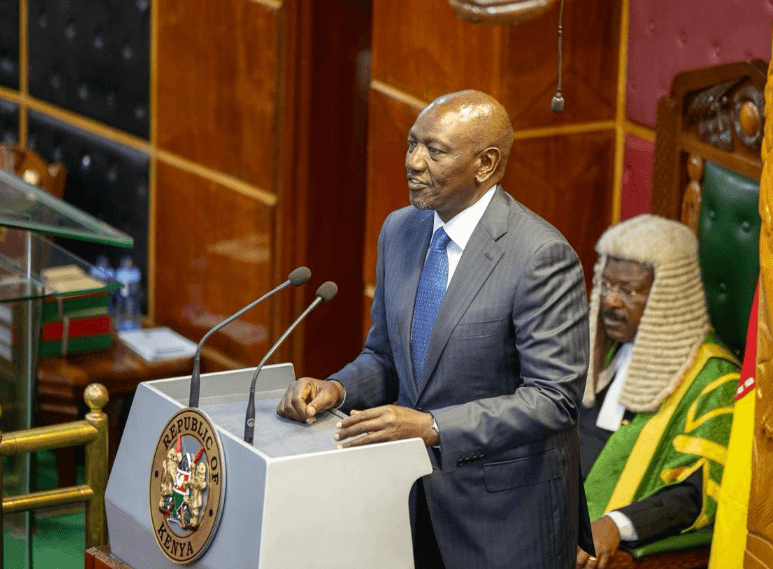
Kenya needs an additional Sh5.24 billion until June and Sh13.5 billion for 2025/2026 to sustain its HIV response, as the country moves towards self-reliance following a funding shift by the US government, the Ministry of Health has said.
This was revealed at a high-level consultative forum organised by the National Syndemic Diseases Control Council (NSDCC) in Nairobi on Wednesday, bringing together development partners and government representatives,.
The call for increased domestic funding follows the US government’s decision
earlier this year to issue a “stop work order” on certain PEPFAR-funded programmes. The order, and cancellation of funding, are already causing disruption of HIV treatment and prevention services in Kenya.
“We are seeking about Sh5 billion as a stopgap measure to take us to the end of the [financial] year. So our immediate ask for the supplementary for this financial year 2024-25 is about Sh5.2 billion and then to sustain this for the year 2025-2026 is about Sh13.5 billion,” said head of NSDCC county support division Douglas Bosire.
NSDCC is mandated to manage the following syndemic diseases: HIV, sexually transmitted infections, malaria, leprosy, tuberculosis and lung disease.
Bosire explained that Sh4 billion is required to support healthcare workers previously funded directly by the US government. Sh1.2 billion will go to distribution of antiretroviral drugs (ARVs) currently stored at the Mission for Essential Drugs and Supplies (MEDS) warehouses, and Sh140 million will support health information systems.
Without urgent intervention, Kenya risks a surge in new HIV infections, which currently stand at 16,752 annually, Bosire said.
He said new infections could rise sharply to 58,495 due to treatment disruptions.
“I urge you to advocate for increased budgetary allocations to the health
sector, particularly for HIV programs. The time to act is now,” she said.






![[PHOTOS] Betty Bayo laid to rest in Kiambu](/_next/image?url=https%3A%2F%2Fcdn.radioafrica.digital%2Fimage%2F2025%2F11%2F3b166e2e-d964-4503-8096-6b954dee1bd0.jpg&w=3840&q=100)







